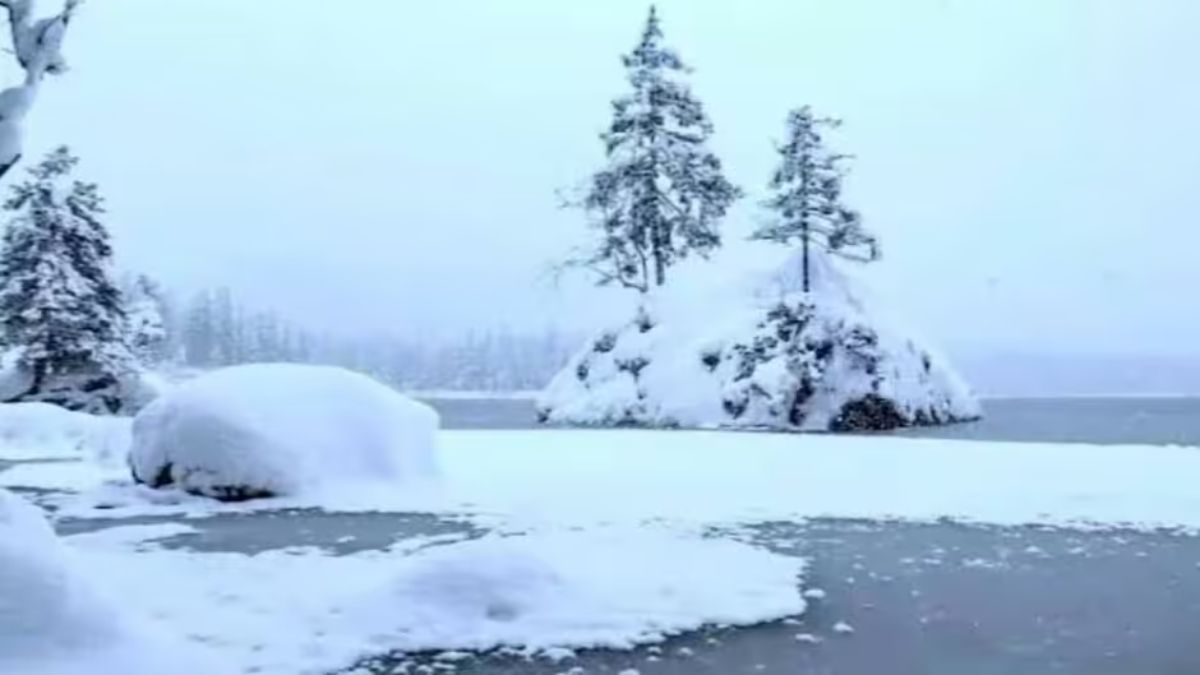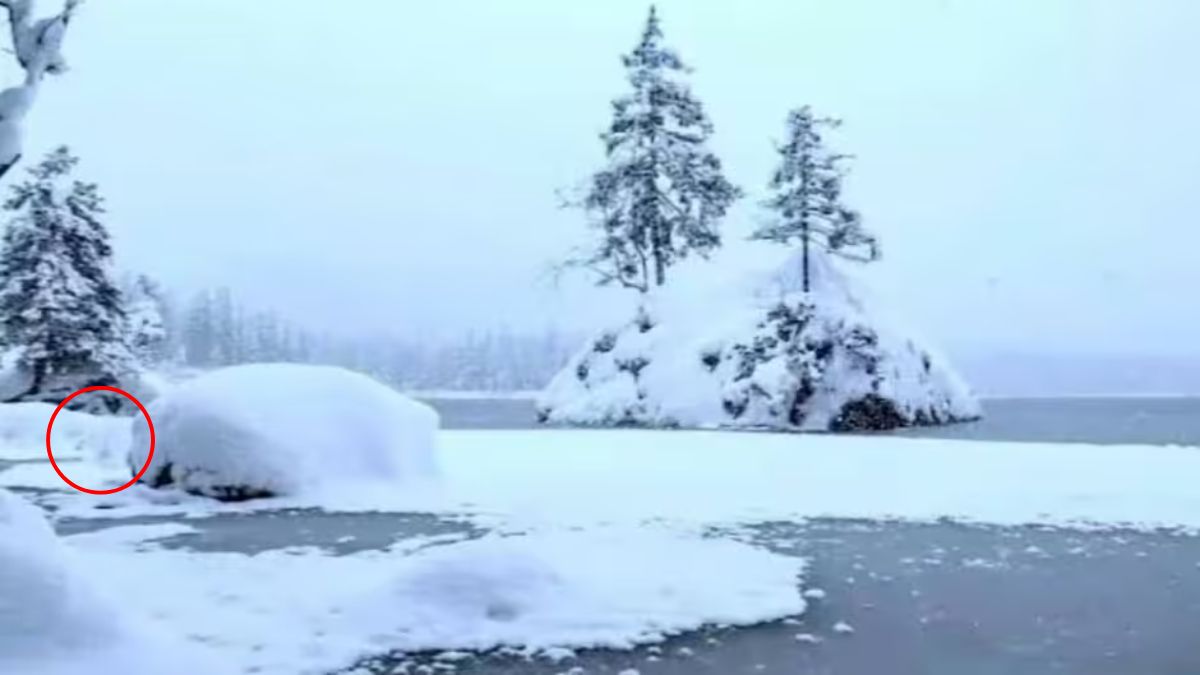Optical illusion pictures are designed to trick your mind and eyes. These visual illusions can test how quickly you can spot hidden details.
The faster and more accurately you spot the hidden object or animal in the picture, the higher your level of observational abilities.
Let us quickly understand the science behind optical illusions. Your brain is wired to detect patterns to create a perception. However, when it is exposed to an optical illusion, your brain misinterprets a visual stimulus.
Optical illusions, therefore, cause you to see something that is different from reality or sometimes not be able to see at all what's hiding right in front of you.
While looking at an optical illusion, your brain takes shortcuts to quickly process information.
Illusions can also cause information overload, which can make your visual pathways and processing system go haywire.
So unless you engage with a lot of optical illusions on a daily basis, chances are you will not be able to crack an illusion challenge swiftly.
Exposure to optical illusions can teach your brain to be more alert and observant and process visual information more accurately without getting tricked.
For this purpose, you can solve an optical illusion daily on Jagran Josh.
Optical illusions are not just fun games. These visual illusions can reveal how sharp your perception, observation skills, and problem-solving skills are.
These visual puzzles often conceal objects or animals in plain sight and challenge you to spot them under a time limit.
Can you find a polar bear hidden in this optical illusion picture in 21 seconds or less?
There is a polar bear hiding in plain sight. Can you see it before time runs out?

Let's double the fun. Share this optical illusion with your friends and family to see if they can spot the polar bear in the given time limit. Let's see who finds it faster.
Start by scanning the illusion image to notice subtle differences in shapes and patterns. Pay close attention to the details.
The polar bear would have a black nose, one of the key element that can help you identify in the white snowy scene.
Now polar bears are also white so it might be blending with the surrounding ice. You need to see through the camouflage act.
If you feel overwhelmed, divide the image into sections. Zoom in on the sections to get a closer and magnified look.
Do you see the polar bear? Let's check the reveal.
Optical Illusion Answer
If you spotted the polar bear in the given time, you have shown remarkable observational prowess. This was not an easy feat. Tell us in the comments about your achievement. Let's see where the polar bear is.

Comments
All Comments (0)
Join the conversation